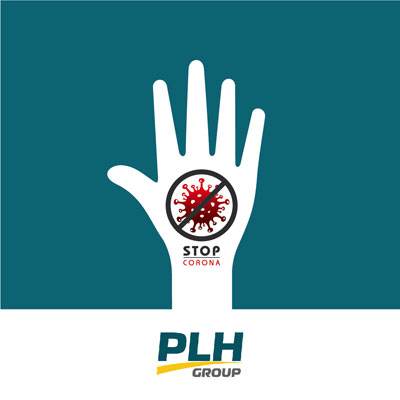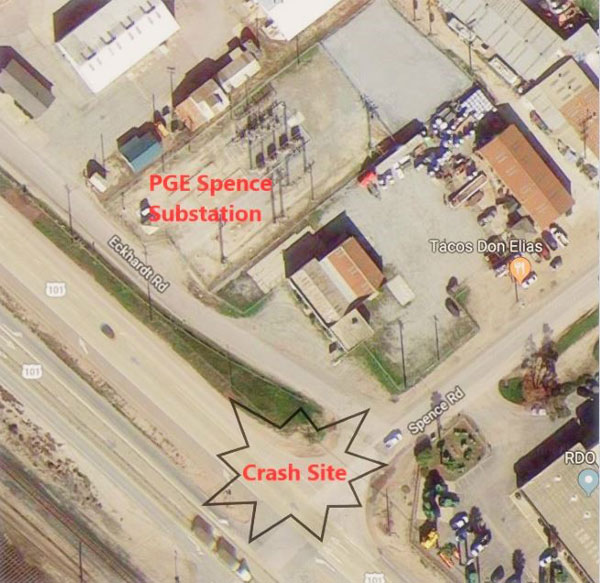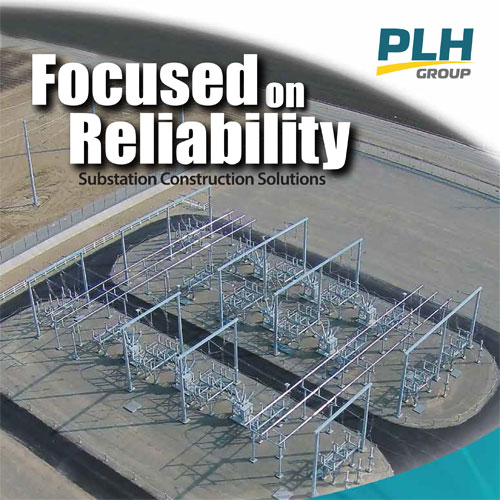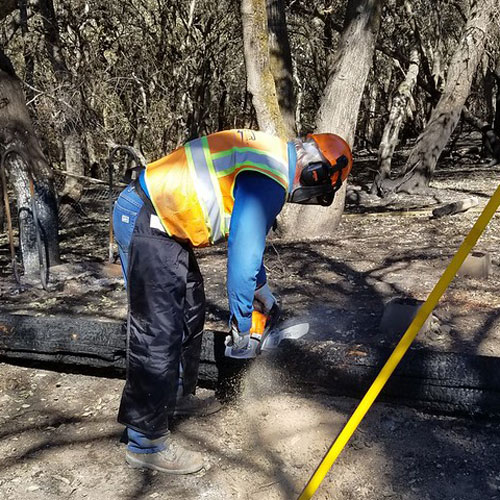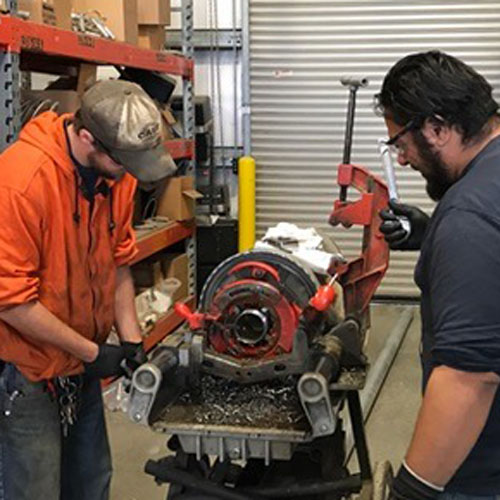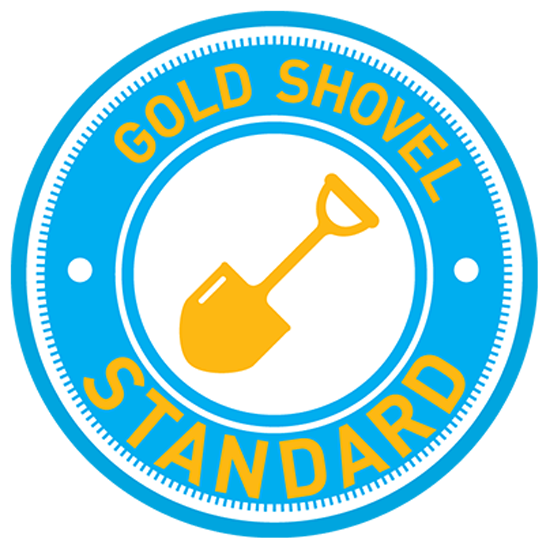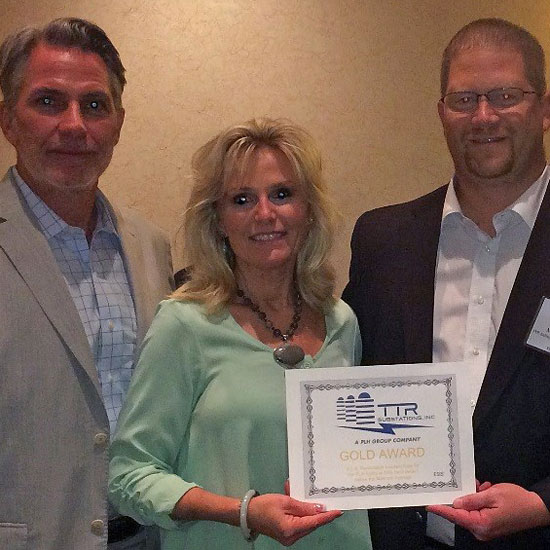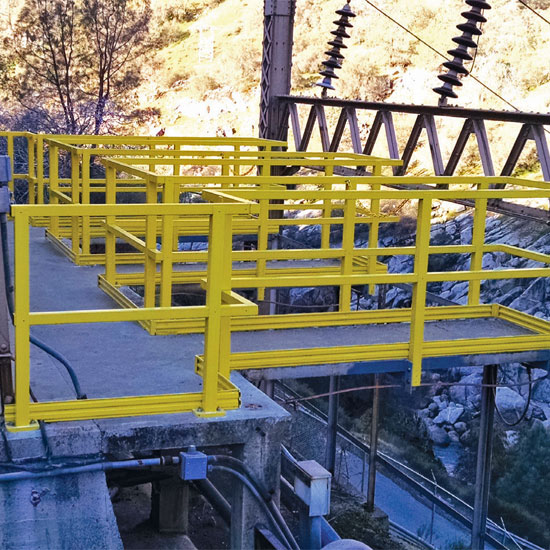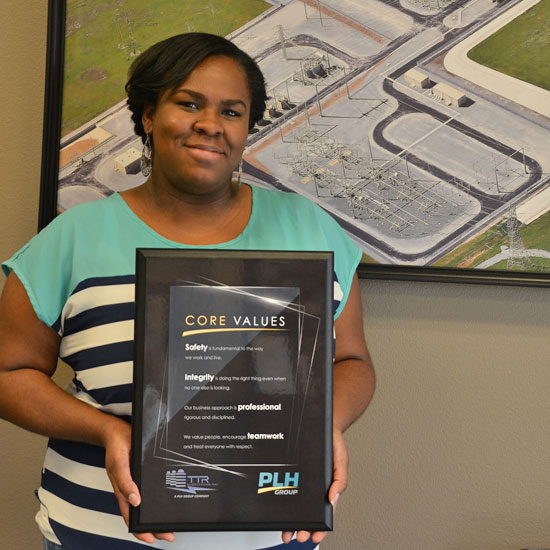
Benefits of Proper Tire Maintenance
May 15, 2016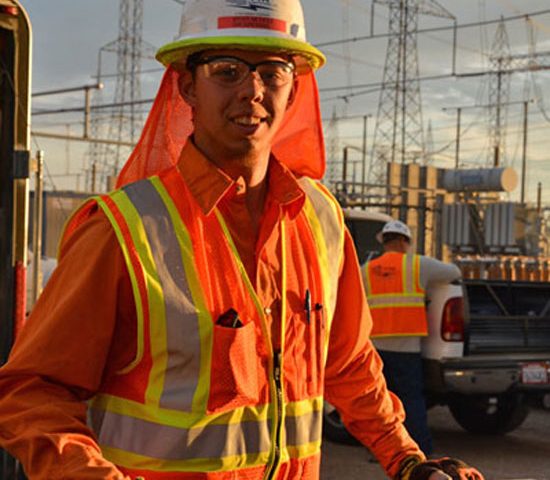
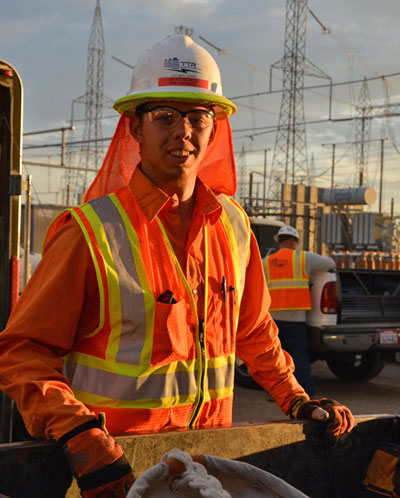 Think about what you do on a day to day basis. Do you toss small work related items (insulators, paint buckets, hand tools etc.) into the back of your truck? Do you throw a ladder into the truck bed and assume it’s “just a ladder” and it will stay in place, or a single pole onto your trailer and think, it’s “only one pole” this single little rope will get me there?
Think about what you do on a day to day basis. Do you toss small work related items (insulators, paint buckets, hand tools etc.) into the back of your truck? Do you throw a ladder into the truck bed and assume it’s “just a ladder” and it will stay in place, or a single pole onto your trailer and think, it’s “only one pole” this single little rope will get me there?
If you answered “yes” to any of these questions, you are not only in jeopardy of getting a violation, you are jeopardizing your safety and the safety of other motorists around you.
If you are driving a vehicle that is carrying a load or towing a loaded trailer, you have to ensure your cargo is properly secured. You could cause an accident that might result in an injury or even death.
As the driver of the vehicle, you are completely responsible for the securement your cargo. Even if another person loads it and straps it down, you are ultimately responsible, so you better check it out and see for yourself to make sure it is done correctly. If an accident occurs, you will be the one liable.
Properly securing your load will help prevent the following:
- Your load from shifting and causing your vehicle to become unstable and/or unsafe – (this can cause a rollover accident)
- Other drivers from needing to swerve to dodge items that have fallen from your vehicle onto the roadway
- Pedestrians from being struck by objects that have fallen from your truck or trailer
- Cargo you are hauling breaking loose and crashing into the back of your own vehicle in the event of an emergency braking situation
- Objects falling from your load onto another vehicle
All tiedowns, cargo securement systems, parts and components used to secure cargo must be in proper working order when used. They should be free from damaged or weakened components, such as, but not limited to, cracks or cuts that will adversely affect their performance. Here’s a little something straight from the regulations about the use of tiedowns.
Per FMCSR 393.102 Use of tiedowns:
- Tiedowns and securing devices must not contain knots.
- If a tiedown is repaired, it must be repaired in accordance with the applicable standards in paragraph (e) of this section, or the manufacturer’s instructions.
- Each tiedown must be attached and secured in a manner that prevents it from becoming loose, unfastening, opening or releasing while the vehicle is in transit.
- Edge protection must be used whenever a tiedown would be subject to abrasion or cutting at the point where it touches an article of cargo. The edge protection must resist abrasion, cutting and crushing.
Per FMCSA 393.112
Each tiedown, or its associated connectors, or its attachment mechanisms must be designed, constructed, and maintained so the driver of an in-transit commercial motor vehicle can tighten them. However, this requirement does not apply to the use of steel strapping.
Ensuring your cargo is secure is not a difficult task. It takes time, but that time is spent making sure you don’t become a victim, or you are not the cause of another person’s injury or even death.
When it comes to safely hauling cargo, remember two things:
- No matter how large or small – secure it all
- If your cargo requires two straps or chains use three, if it requires three, use four…… (and so on)
If you frequently haul cargo and would like a handbook check out the FMCSA website or ask your foreman for one – we’ll get one to you.

